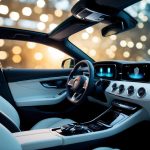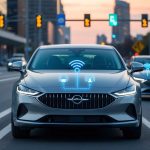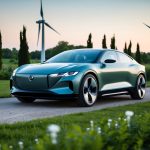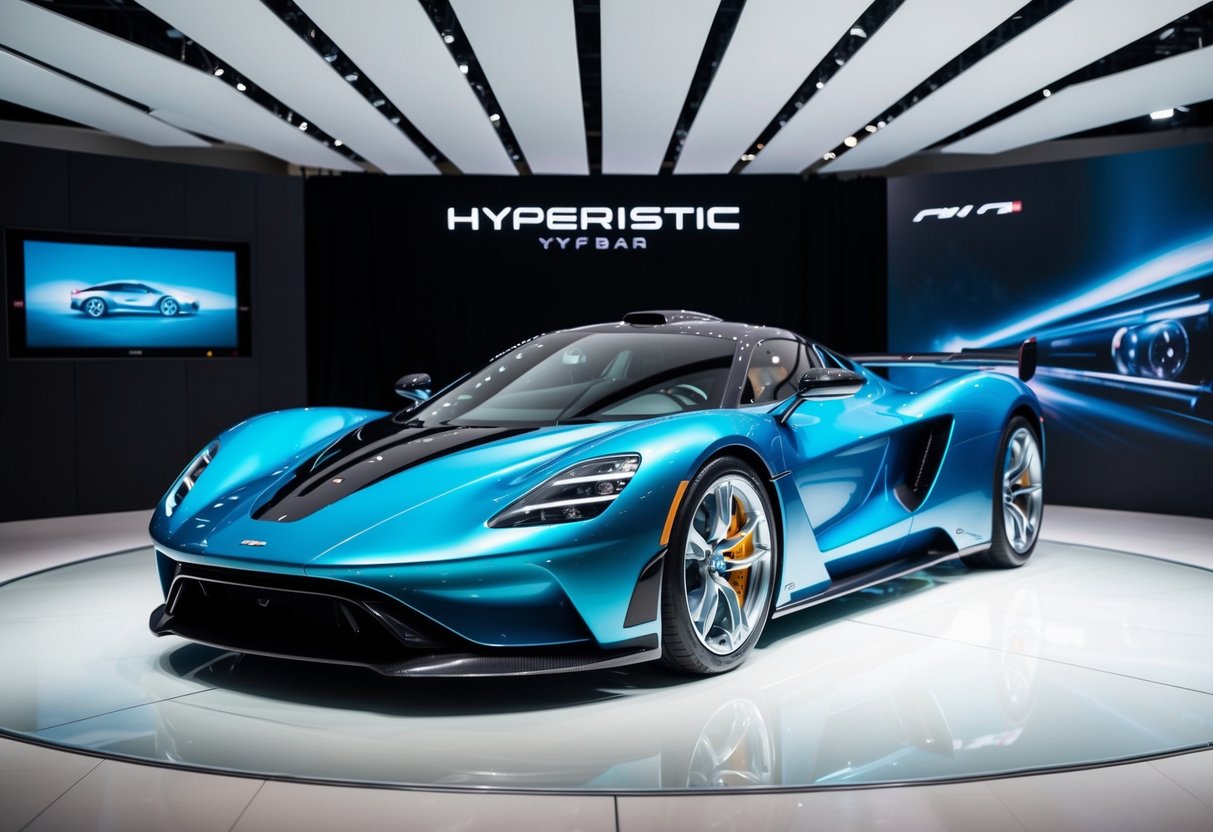
The Pursuit of Downforce
In the quest for speed and stability, downforce plays a pivotal role in modern hypercar design. Downforce allows hypercars to maintain grip at high speeds, crucial for safety and performance. Manufacturers like General Motors have engineered hypercars with features like vented hoods and underbody channels to optimize airflow and increase downforce without adding weight.
Computational fluid dynamics (CFD) simulation enables designers to model airflow precisely, optimizing every contour for maximum stability. This advanced technology allows for finer control, ensuring all surfaces contribute effectively to downforce generation. By maximizing cornering ability, the 2025 hypercars promise exceptional track performance, demonstrating the close relationship between aerodynamics and engineering prowess in today’s hypercar landscape.
Technology Integration in Modern Hypercars
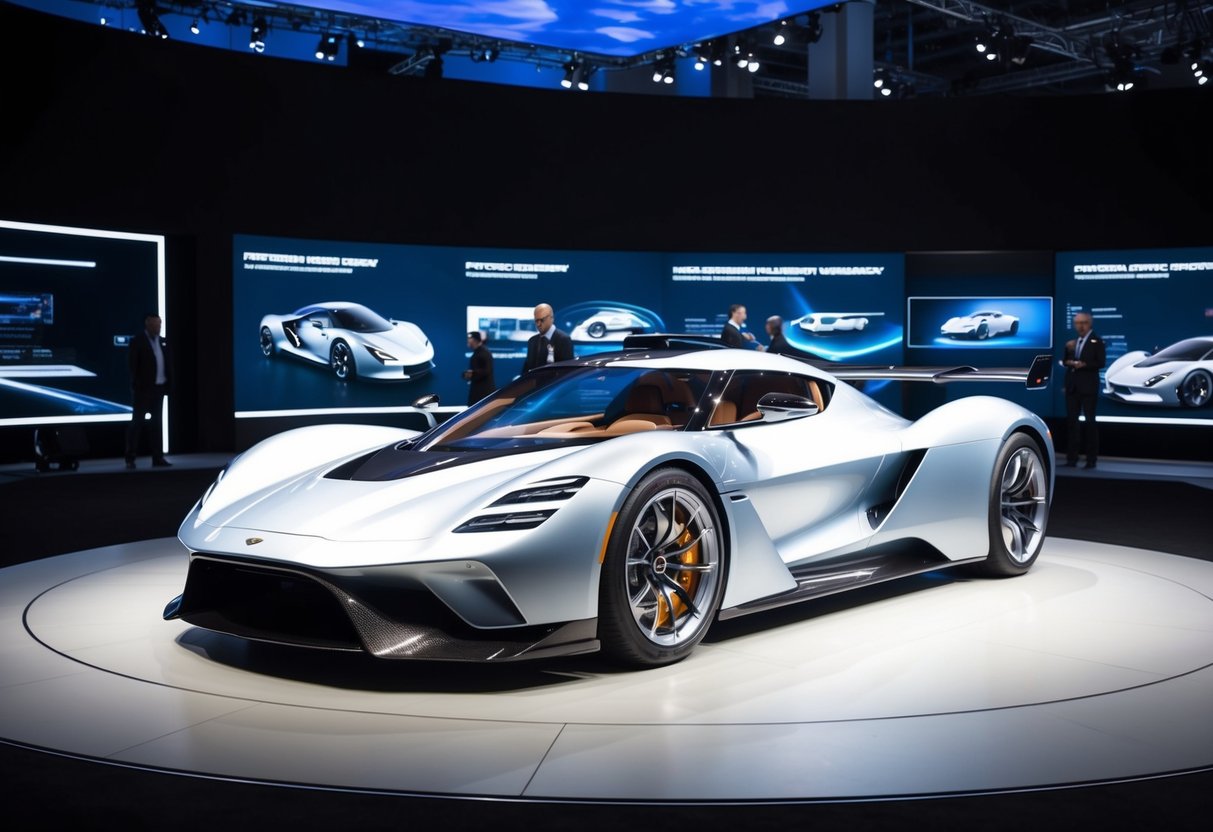
Technological advancements in hypercars are transforming the landscape of speed and luxury. These innovations focus heavily on electrification and the introduction of state-of-the-art tech features designed to enhance performance and efficiency.
Electrification of the Powertrain
In recent years, the electrification of the powertrain has become a central focus in hypercar development. Manufacturers are increasingly adopting hybrid and fully electric systems. By combining electric motors with powerful combustion engines, hypercars achieve unprecedented performance levels. This integration not only boosts acceleration but also allows for a quieter and more environmentally friendly drive.
Plug-in hybrid technology is gaining traction due to its ability to offer the best of both worlds—electric range for short trips and combustion power for high-speed. Hypercars adopting these systems showcase increased efficiency while maintaining top-tier performance levels. As more companies explore this integration, there is a noticeable shift toward sustainable yet powerful driving experiences in the hypercar market.
Next-Gen Hypercar Tech Features
Modern hypercars are equipped with cutting-edge technologies that redefine the driving experience. One significant feature includes advanced driver-assistance systems (ADAS), enhancing safety and convenience. Technologies such as adaptive cruise control and lane-keeping assist are now standard, catering to the growing demands for more automated driving experiences.
The inclusion of high-tech infotainment systems and digital dashboards offers a more immersive driving experience. Real-time data analysis, customizable display settings, and connectivity options are common, contributing to the hypercar’s reputation as a gadget-filled marvel. These tech attributes are not just addons, but essential tools designed to complement the remarkable speed and luxury expected from these high-performance vehicles.
Luxury Meets Exclusivity
The world of hypercars in 2025 marries opulence with rarity, costing buyers significantly, often reaching the $2 million mark. These exclusive machines boast cutting-edge features, making them attractive to collectors.
Bespoke Craftsmanship
Bespoke craftsmanship is a hallmark of luxury hypercars, offering personalization that reflects the owner’s taste. The interiors often showcase the finest materials, like hand-stitched leather and rare woods. Each piece is meticulously crafted by skilled artisans to achieve impeccable quality.
For example, the Ferrari LaFerrari offers bespoke options allowing owners to choose specific colors and finishes. As a convertible, it delivers both form and function, providing an unparalleled driving experience. This attention to detail ensures that every aspect of the car is made to perfection.
These hypercars are not merely vehicles; they’re masterpieces that provide an immersive experience. Their design seamlessly integrates art and engineering, resulting in a vehicle that stands apart in both elegance and sophistication.

